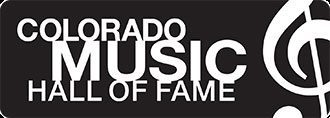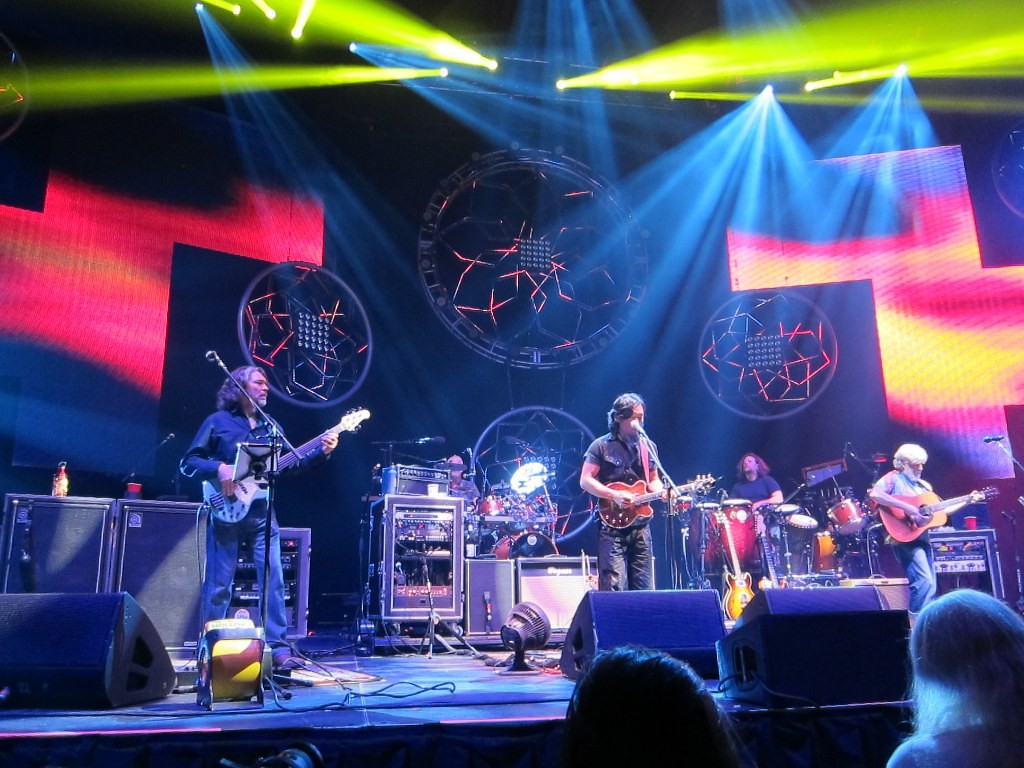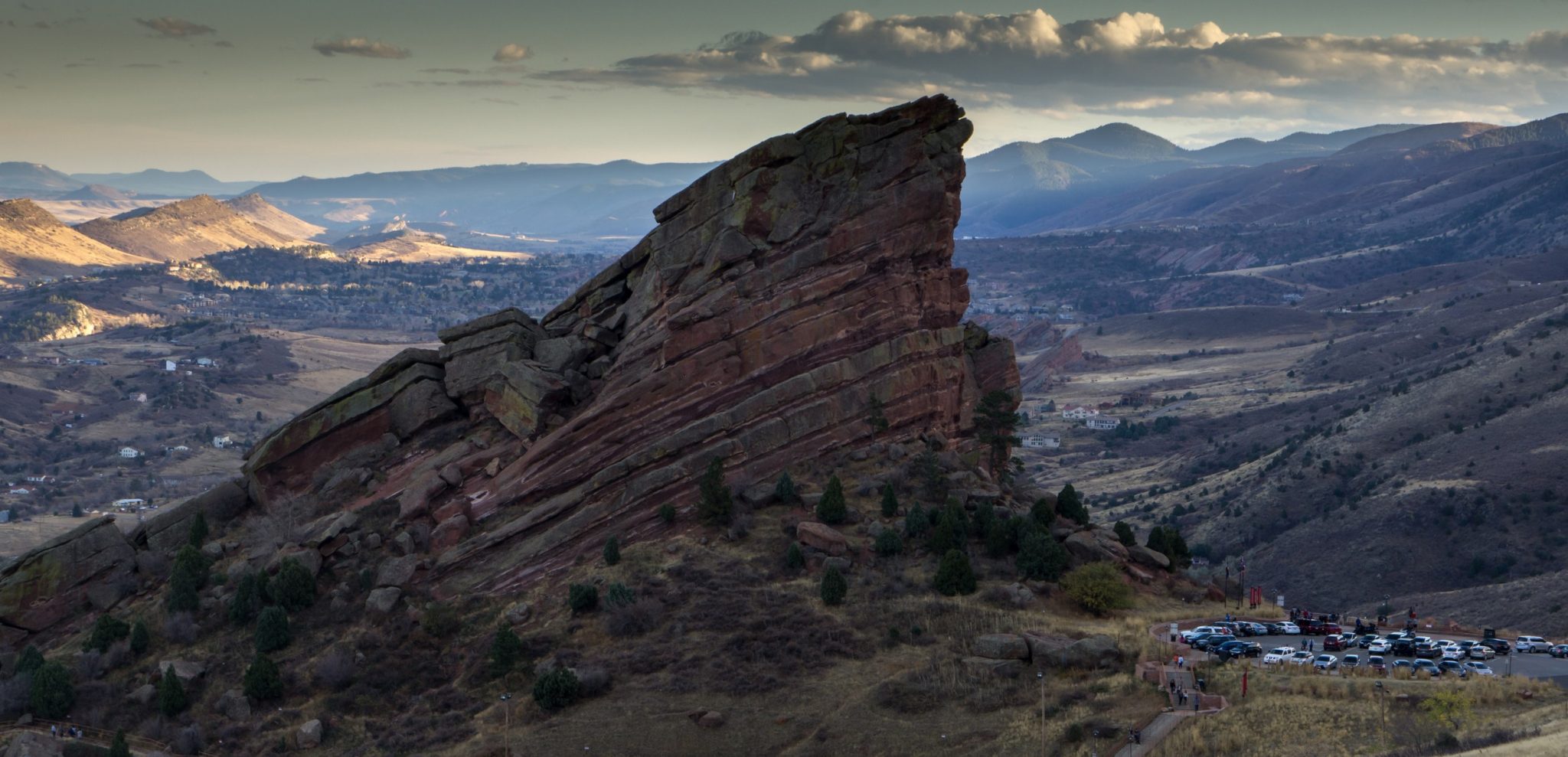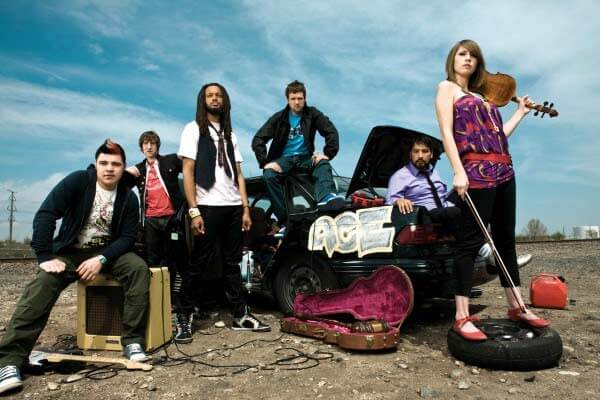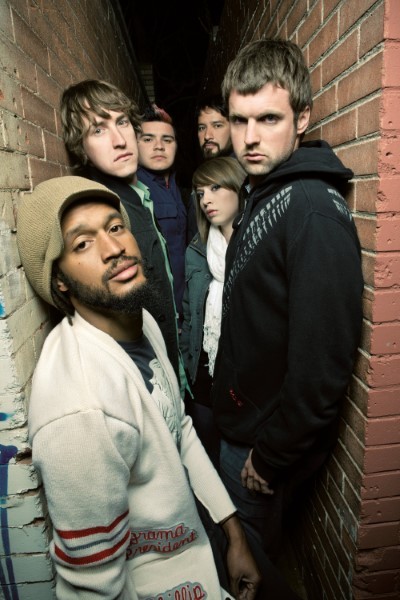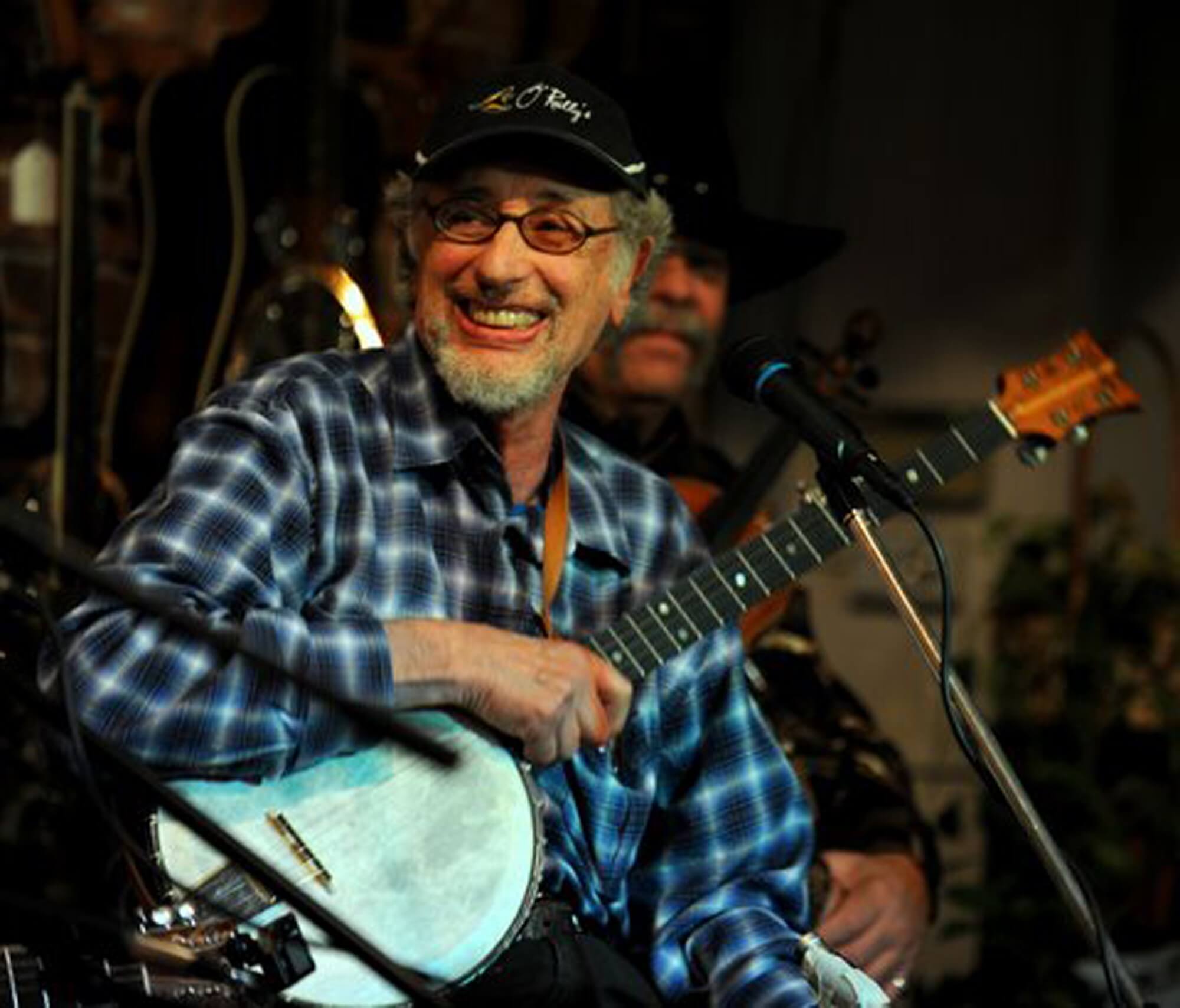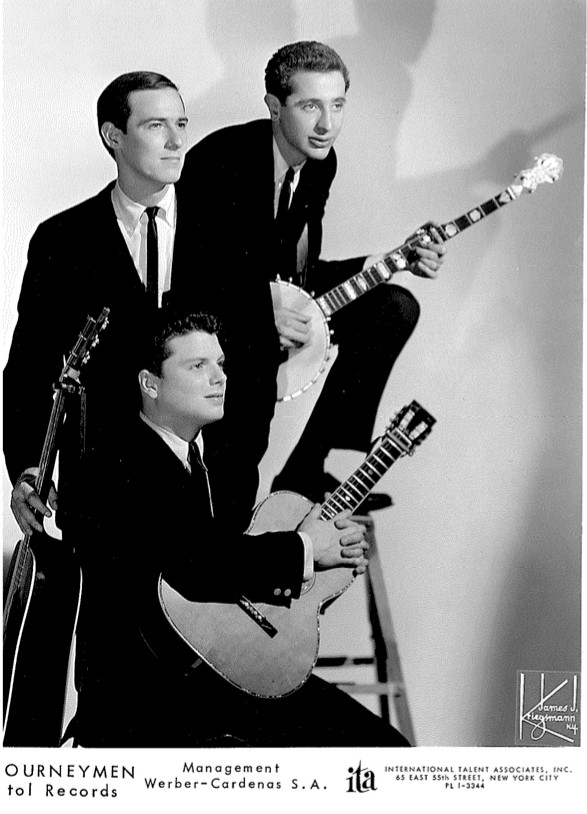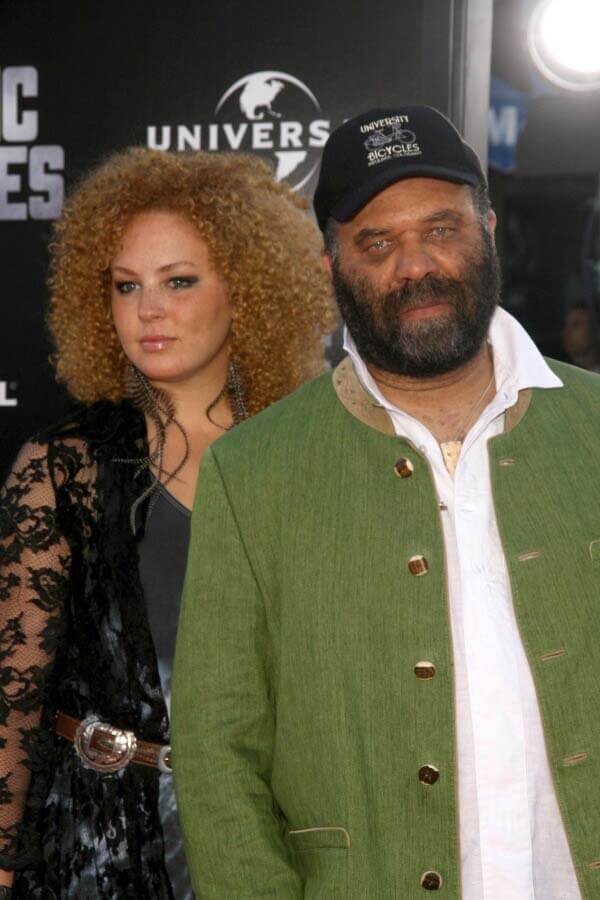Coming out of the radically changing music scene of the early 1990s, The String Cheese Incident was formed in the towns of Telluride and Crested Butte, Colorado, in 1993. With experience gained from years of campfire jams at the Telluride Bluegrass Festival and the groundbreaking music of New Grass Revival (fronted by Sam Bush and Bela Fleck), the group’s sound reflects the influences of traditional and progressive bluegrass, as well as elements of reggae, calypso, rock, electronica, country, jazz, Latin and progressive rock, along with a healthy dose of both psychedelia and funk, creating a type of music unlike anything else. In addition, SCI combined novel and sometimes extravagant stage show elements (from acrobats to light shows) with an unorthodox business savvy that made the act one of the leading forces in the jamgrass and jam band movement.
An Assortment of Skilled Musicians
Such a unique, varied sound requires musicians who can really pull it off. The funkadelic, bluegrass-esque group was started by four founding members, each of whom brought unique specialities to the mix:
- Michael Kang – electric and acoustic mandolin, violin, and electric guitar
- Keith Moseley – bass guitar
- Bill Nershi – lap steel guitar, acoustic guitar, and electric slide guitar
- Michael Travis – drums and percussion
While these members did an excellent job of creating a unique presence, SCI would not be as notable as it is today without the addition of two more members. Kyle Hollingsworth joined the group in 1996, offering a totally new twist with the addition of an accordion, an organ, Rhodes and a piano. Further down the road, in 2006, the band expanded on its percussion with a set of auxiliary drums played by Jason Hann. With this wide range of musicians and musical skills, SCI’s jam band reputation was forged through its breakout album, A String Cheese Incident. The album was recorded live at the Fox Theater in Boulder, and contained ten tracks with an average running time of seven minutes per song.
Climb to Fame
The band found its humble beginnings in the form of private ski resort shows and local gigs, and when they finally did produce an album by the name of Born On the Wrong Planet, it was under their own label and contained a mixture of new songs and covers. Some of these, such as “Land’s End” and “Texas,” are still popular selections and are still played by The String Cheese Incident regularly.
The band’s third album, Round the Wheel, was released in 1998 and offered a more mature, more developed sense of its sound. After this release, the formerly local band went on tour across the country, playing over 500 shows.
The band’s sixth album, Outside Inside, with guest producer and Los Lobos member Steve Berlin, was released in 2001; it featured a shift away from SCI’s bluegrass and jam band sound and included more rock elements. This change was one of the many factors that allowed SCI to expand into more mainstream rock festivals. But the band managed to retain some of its bluegrass roots by finishing the album with “Up the Canyon,” a song that became a perennial concert favorite. And in 2005, SCI returned to its jamgrass sound with the album One Step Closer, which contained thirteen original tracks; by now, percussionist Jason Hann had joined the band. Over the next fifteen years, the band would produce two more albums and bend every musical and theatrical genre it could. With the help of Peak Experience Productions adding psychedelic lights and effects, along with audience participation called “Incidents” at its shows, SCI managed to transform a Halloween show into “Hulaween.” Other events built around the modern resurgence of the hooping craze included “Full Moon Dream Dance, Evolution,” “Dancing Around the Wheel of Time,” a “Subway Ride Through New York City” and a “Time Traveler’s Ball.” STI was the first jam band to play the touring Lollapalooza festival. And in another genre-bending moment, SCI collaborated with EDM Grammy winner Skrillex at the Electric Forest Festival in 2015.
In the midst of its members’ growth as songwriters and performers, SCI consistently challenged the music industry (as did Pearl Jam and R.E.M.) with battles to keep ticket prices low for its fans, petitioning Ticketmaster to allow the band to sell more than the allotted 8 percent of available tickets directly to its fans. SCI’s lawsuit was settled in 2008, and it allowed SCI to sell more tickets directly to its, keeping ticket prices low whenever possible.
Since achieving fame with their constantly-evolving sound, SCI and its team have toured around the world, produced ten albums and countless videos and live series, and built an international fan base that comes to Colorado, consistently selling out Red Rocks at the annual two- and three- night runs at the famous amphitheater. Over the years, SCI members have taken time off from touring to create various solo projects, yet the band still continues to record and perform with all of its founding members – a small miracle for an act that’s been around so long.
Colorado Fame
Throughout the development of its sound and the growth of its fame, SCI has blessed Colorado with its unique sound. The band is a living testament to the originality and creativity that can be found throughout the state, which has encouraged other Colorado-based bands to find their own voices and attempt to fulfill their own dreams.
The development of The String Cheese Incident is truly a fascinating thing, and taking a listen to even a single sound is enough to get any music fan fired up. If you’re a music fan with a love for unbeatable Colorado music, we at the Colorado Music Hall of Fame can assure you there’s no shortage of it. Visit our calendar to check out upcoming musical events in 2020 for experiences you don’t want to miss.
Image Credit: Jester Jay Goldman/Flickr
